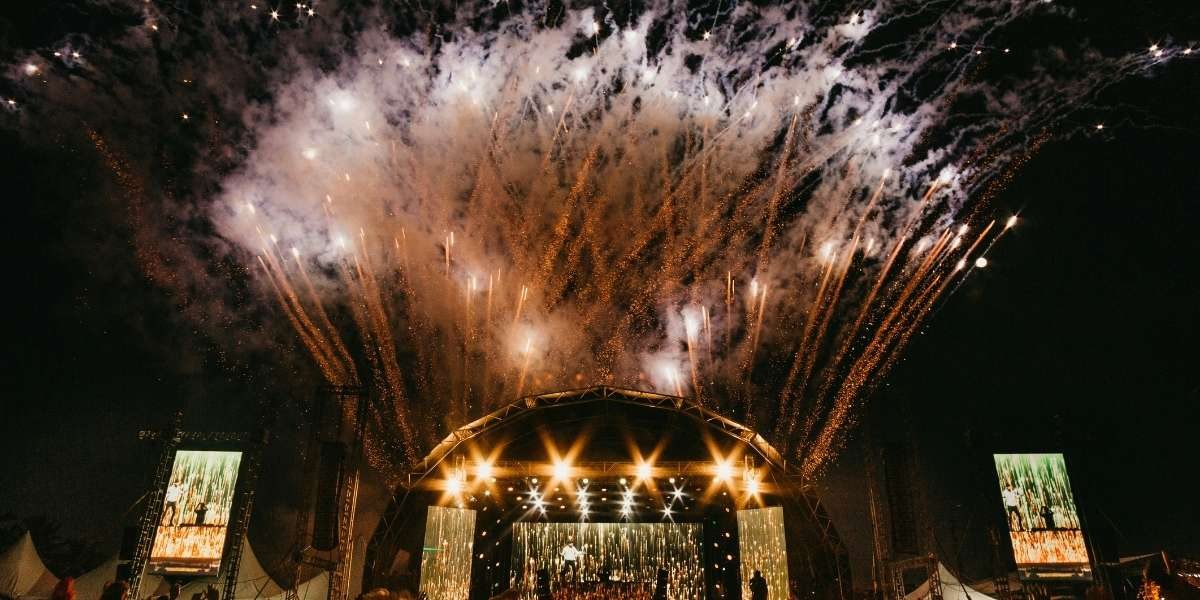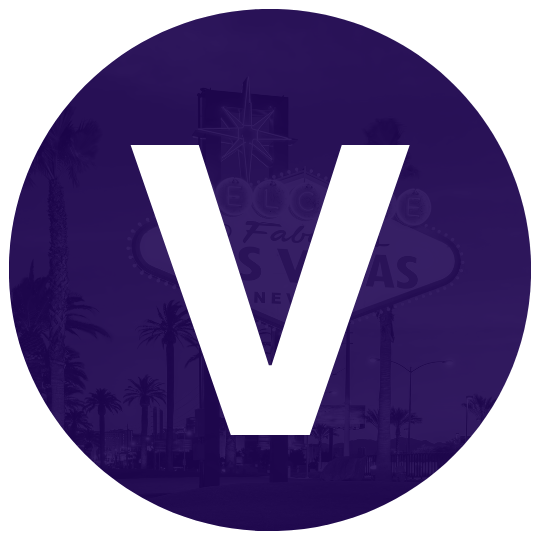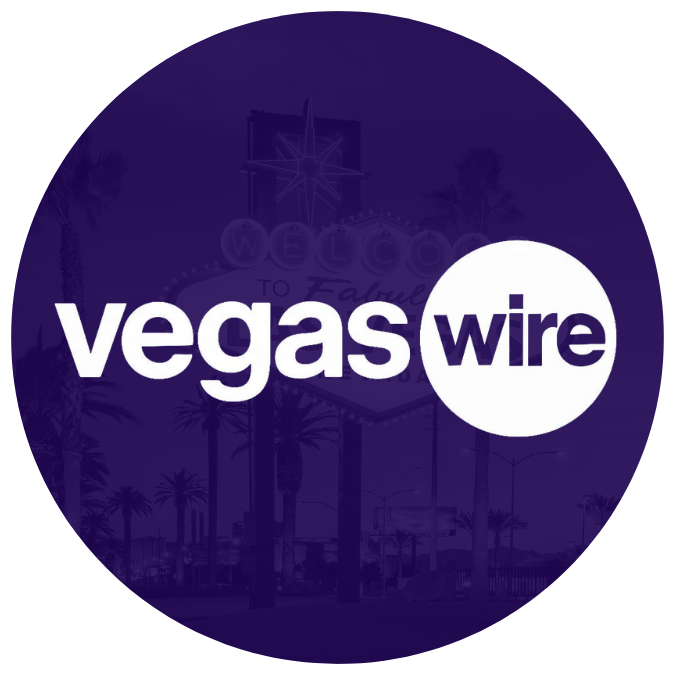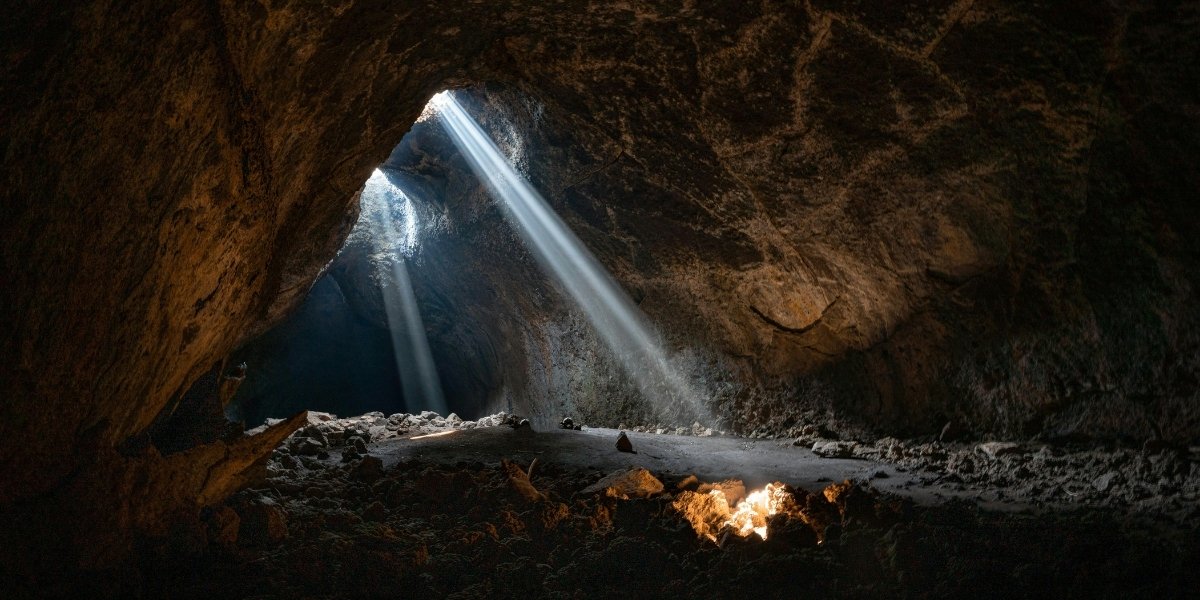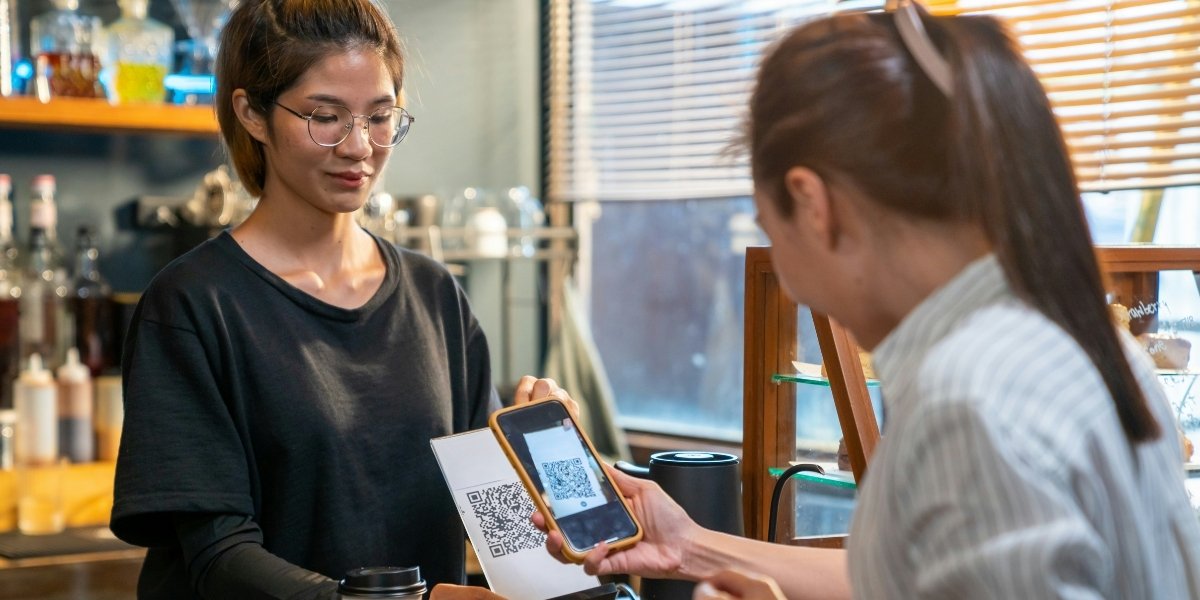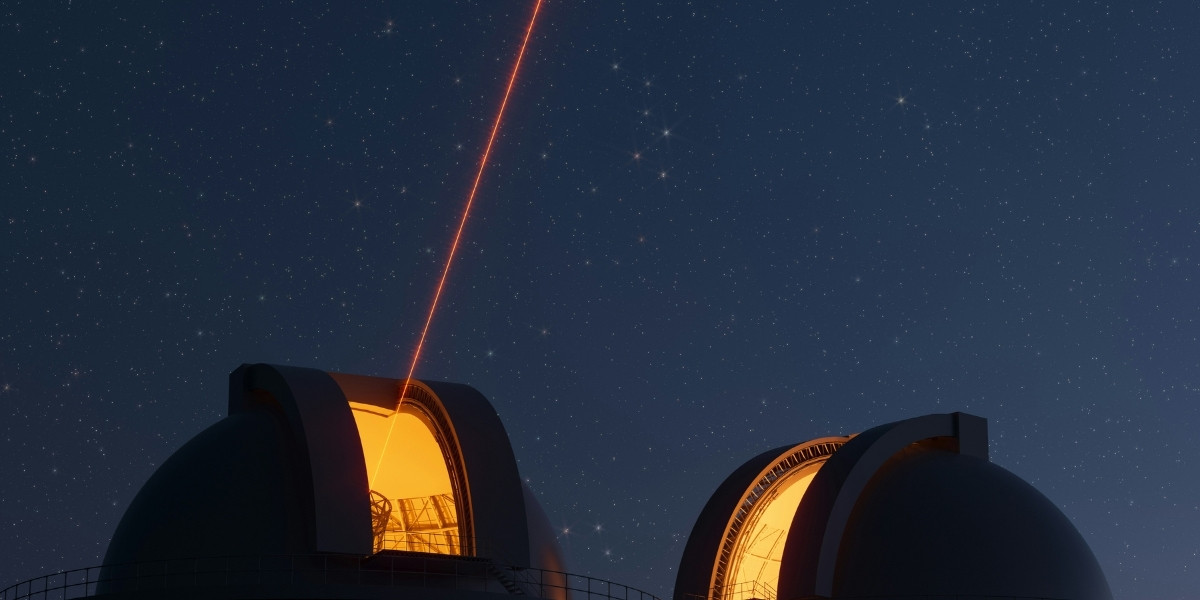The Role of Special Effects in Concerts
Concerts today are not just about music—they are immersive experiences that engage all the senses. As technology has advanced, special effects have become an integral part of live performances, transforming concerts into captivating spectacles that go far beyond the music itself. From mind-blowing pyrotechnics to state-of-the-art visuals, special effects play a crucial role in making concerts unforgettable.
Read Also: Exploring Why Horror Films Often Incorporate Religious Themes
How Do Special Effects Enhance Concerts?
Special effects in concerts are designed to elevate the live performance, taking it from an ordinary show to an extraordinary, multi-sensory experience. These effects include lighting, sound, stage design, pyrotechnics, video projections, and even holograms—all synchronized to the music, creating a visual and emotional connection with the audience.
One of the primary reasons special effects are used in concerts is to amplify the energy of the performance. A well-timed explosion, laser light show, or dramatic visual can intensify the music and make it feel larger than life. This helps to engage the audience on a deeper level, making them feel like they’re part of the experience.
Additionally, special effects can help to convey the themes and emotions of a song or album. For instance, dramatic visual effects might accompany a powerful ballad, while a fast-paced, energetic song could be complemented by vibrant lighting and fast-moving projections.
The Evolution of Special Effects in Concerts
Over the years, special effects in concerts have evolved significantly. In the past, concerts mainly relied on basic lighting and sound systems to enhance the music. However, with the rise of technology, new and innovative effects have been introduced to create visually stunning performances.
In the 1970s and 1980s, bands like Pink Floyd and David Bowie began using elaborate light shows to enhance their live performances. The use of special effects became more widespread during this era, with visual elements becoming a bigger part of the concert experience.
By the late 1990s and early 2000s, advancements in computer-generated imagery (CGI) and digital technology opened up new possibilities. Concerts began to feature massive video screens, 3D projections, and holograms, bringing a new dimension to live performances.
Today, cutting-edge technologies like augmented reality (AR) and virtual reality (VR) are being integrated into special effects in concerts, offering audiences an entirely new level of interaction and engagement.
Popular Special Effects in Concerts
There are several types of special effects commonly used in modern concerts. These effects can vary from subtle to jaw-dropping, depending on the style of the artist and the scale of the production. Some of the most popular special effects include:
-
Lighting Effects: Lighting is perhaps the most common and impactful form of special effects. From spotlights to laser beams, colored lights and moving lights create atmosphere and excitement. LED screens and projections can also be integrated into the lighting to create immersive experiences.
-
Pyrotechnics: Fireworks, flames, and explosions are often used during high-energy songs to add drama and intensity. Pyrotechnics are a staple of rock concerts, especially in large-scale shows where the spectacle is as important as the music.
-
Video Projections and Screens: Large video screens are used to display live footage of the performance or to show pre-recorded visuals that complement the music. These projections can be highly dynamic, including 3D or holographic effects that add a layer of creativity to the concert.
-
Holograms: One of the most cutting-edge special effects in concerts is the use of holograms. These three-dimensional projections can bring artists back from the dead, like Tupac Shakur’s hologram at Coachella, or create unique visualizations that interact with the live performance.
-
Smoke, Confetti, and Lasers: Effects like smoke machines, confetti blasts, and laser lights are used to add drama to key moments in the concert. These effects are often timed to music and choreography, creating a memorable visual display.
Why Special Effects Matter in Concerts
The use of special effects in concerts is not just about spectacle; they help to create an emotional connection between the artist and the audience. When done right, these effects heighten the emotional impact of the music. For example, intense lighting or pyrotechnics during a climactic moment in a song can evoke excitement, while softer lighting effects during a ballad can add intimacy and tenderness.
In addition, special effects create a sense of wonder and surprise, making the concert experience feel unique. When fans leave a concert, they don’t just remember the music—they remember the way the performance made them feel, and how the visuals enhanced their experience. A well-executed concert performance with special effects can leave a lasting impression on the audience, making it one of the most unforgettable moments of their lives.
How Do Special Effects Influence Concert Ticket Sales?
Given the incredible visual experiences that special effects provide, it’s no surprise that they also play a major role in concert ticket sales. The bigger the spectacle, the more likely it is to generate buzz and attract a larger audience. Concert-goers are increasingly looking for experiences that go beyond just listening to music—they want to be amazed, entertained, and immersed in a world of visuals, sounds, and sensations.
Artists and promoters use the promise of cutting-edge special effects to market their shows, creating hype and anticipation. A well-publicized concert with groundbreaking special effects can attract more people, leading to higher demand and ticket prices. In many cases, the visual experience has become just as important as the musical performance itself.
The Future of Special Effects in Concerts
As technology continues to advance, the future of special effects in concerts looks even more exciting. We can expect to see more interactive elements, with augmented and virtual reality allowing audiences to become part of the performance in ways that were once thought impossible. Additionally, we might see even more immersive lighting, sound, and video systems, enhancing the sense of being transported into a different world.
With innovations like 3D projections, AI-generated visuals, and real-time interactivity, special effects will continue to evolve, offering concert-goers new and exciting ways to engage with their favorite artists. The future of concerts will likely blur the lines between music, technology, and entertainment, creating a truly dynamic and transformative experience.
Read Also: The Most Expensive Concert Tours in History: From U2 to Beyoncé
Special Effects Are the Future of Concerts
The role of special effects in concerts has become an essential part of the live music experience. From lighting to pyrotechnics, holograms to video projections, these effects elevate the concert performance, creating an unforgettable atmosphere for fans. As technology continues to advance, we can only expect special effects to play an even bigger role in shaping the future of live music, enhancing the sensory experience for audiences around the world.

